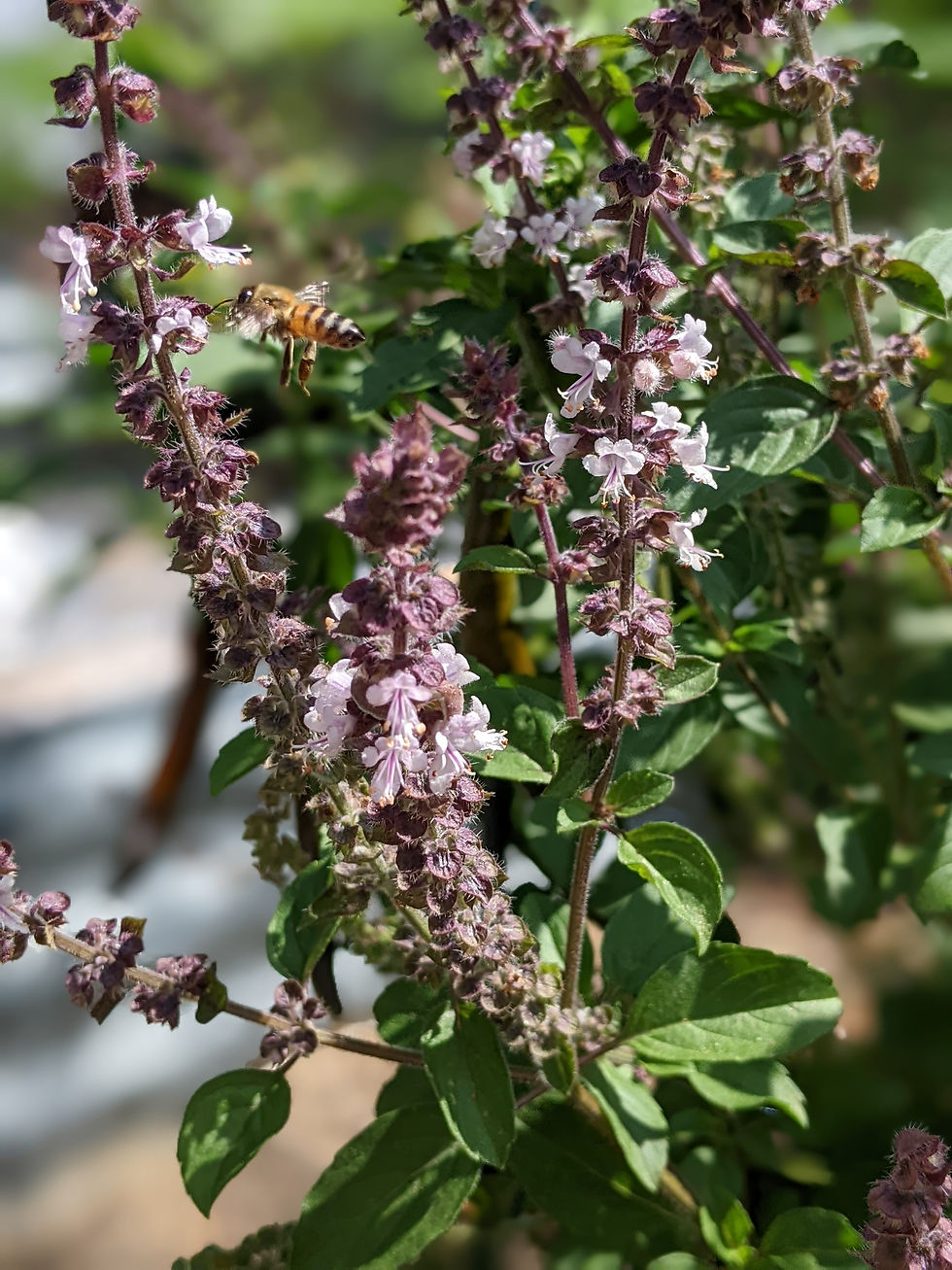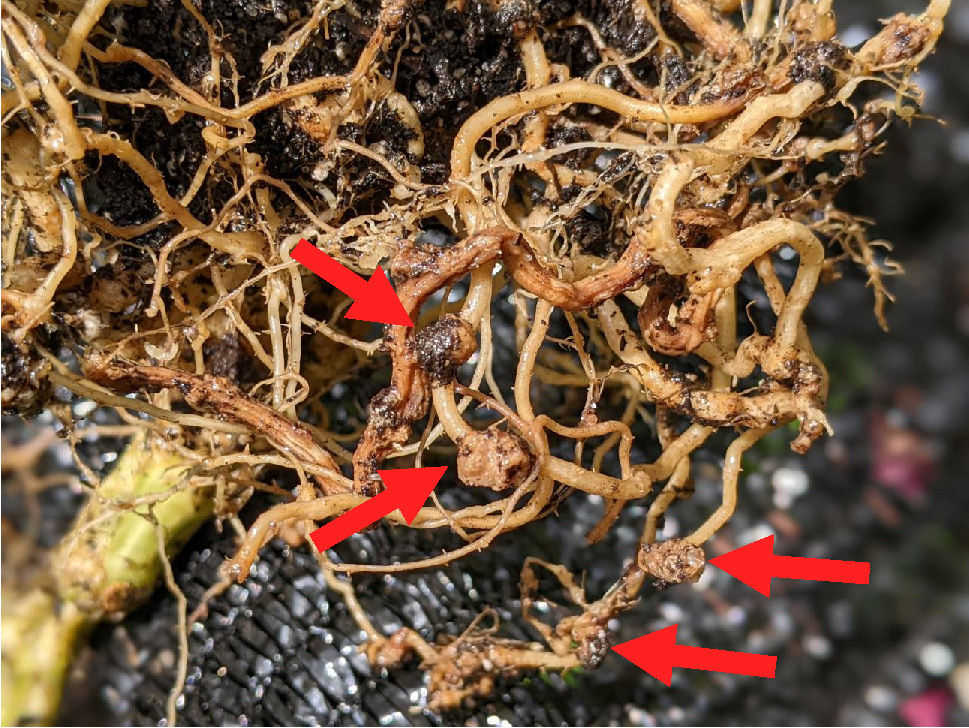September in the Vegetable Garden
- Joleen OBrien
- Sep 1
- 4 min read
This month begins the transition to the cool season. We still have warm days, some will even be hot above 90 degrees, but it won’t last long, and the nights are back to cool temps (thank goodness! After months of steady heat day and night it’s nice to feel cool again). We may begin to get drying Santa Ana winds, and cooler cloudy days. You will want to begin plans for your cool-season vegetable garden.

Your vegetable garden will continue to produce, but by the middle to end of the month it will start to slow down. It depends on the weather, if daytime temps stay in the 70s and 80s tomatoes, eggplant, peppers and green beans will continue to be abundant.
Observe your garden on a daily/weekly basis, plants that have reached maturity will be spent and no longer producing fruit, some with yellowing leaves or die completely, these should be pulled. Inspect plants for disease and pests as you remove them. If these exist don’t add to your compost but throw away in your green bin. Continue to watch all plants carefully, you can extend the season a little longer by preventing infestations of aphids, spider mites and other pests by staying vigilant to treat and remove these.

This thinking should be part of your evaluation of your garden. It can be difficult to remove plants when they still look healthy. But you need to think about the long game. Blossoms now on winter squash, watermelon, and other long maturity varieties of tomatoes and peppers won’t have enough time to mature before cool weather kills off the plant or keeps from pollination (remember that tomatoes need consistent 60-85 degrees or blossoms fall off).
Here in the foothills Zones 20 and 21 we’ll see cooler temps sooner and more extremes than other micro climates in SoCal. While my fellow gardeners in the LA basin could grow tomatoes further into the winter (and some all year around) we have a shorter season. There are exceptions, like the Fall of 2024 that was warmer, I kept one tomato plant that produced until Thanksgiving.
If you planted sweet potatoes in May, those with 100+ days maturity will be ready to harvest before the end of the month. (remember that the leaves are also edible, sauté them just like you would kale or bok choy with some garlic and EVOO).

Leave sunflowers in the garden as long as you can, the birds will continue to flock to eat the seeds. If you need to remove them to turn the soil for the next season, place the sunflower heads somewhere in the garden or yard that the birds can still discover.
Mid-to-late September is a good time to start seeds for the fall, by scattering lettuce, kale, bok choy, chard, mustard seeds and more. The soil needs to stay consistently most to germinate. This can be tricky in the changing weather and drying winds. Use row covers and water daily until seedlings are over 1” in height, then adjust watering accordingly for deeper reach of the moisture as the roots expand. Once they reach about 2” you can add mulch.


Start planning for the cool season by creating a new map of your garden, write on it your intention for each location. Be sure to reference your notes from last winter and rotate the location of plants. Make a list of what you want to grow, then review your stock of seeds. If you begin to purchase seeds early on you will be ready when the weather starts to turn.
Nurseries will begin to stock seedlings of the basic winter vegetables. Planting some of these will give you a jump start on the season while the scattered seeds is your second wave in 30-60 days.
If I’m feeling ambitious, and want more variety than available at the nursery, I may seed start inside to ensure germination then set out my own seedlings in October and November. (actually this can happen throughout the cool season, I’ll talk about that more in the coming months).
Consider any of these cool season vegetables in your plan: arugula, beets, bok choy, broccoli, brussels sprouts, cabbage, carrots, cauliflower, celery, chard, collards, endive, garlic, kale, kohlrabi, leeks, lettuce, mustard greens, green onions, short-day bulb onions, parsnips, peas, radishes, spinach, and turnips. Don't forget herbs: cilantro, chervil, chives and parsley to name a few.
This month will be busy as you are trying to harvest the continuing summer crops, stay vigilant on maintenance, while at the same time planning and planting for the cool season. Give yourself time and do a little each week as time allows during this transition!




Comments